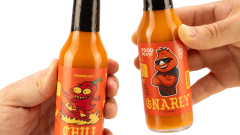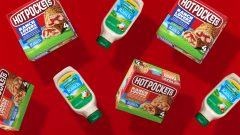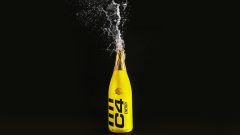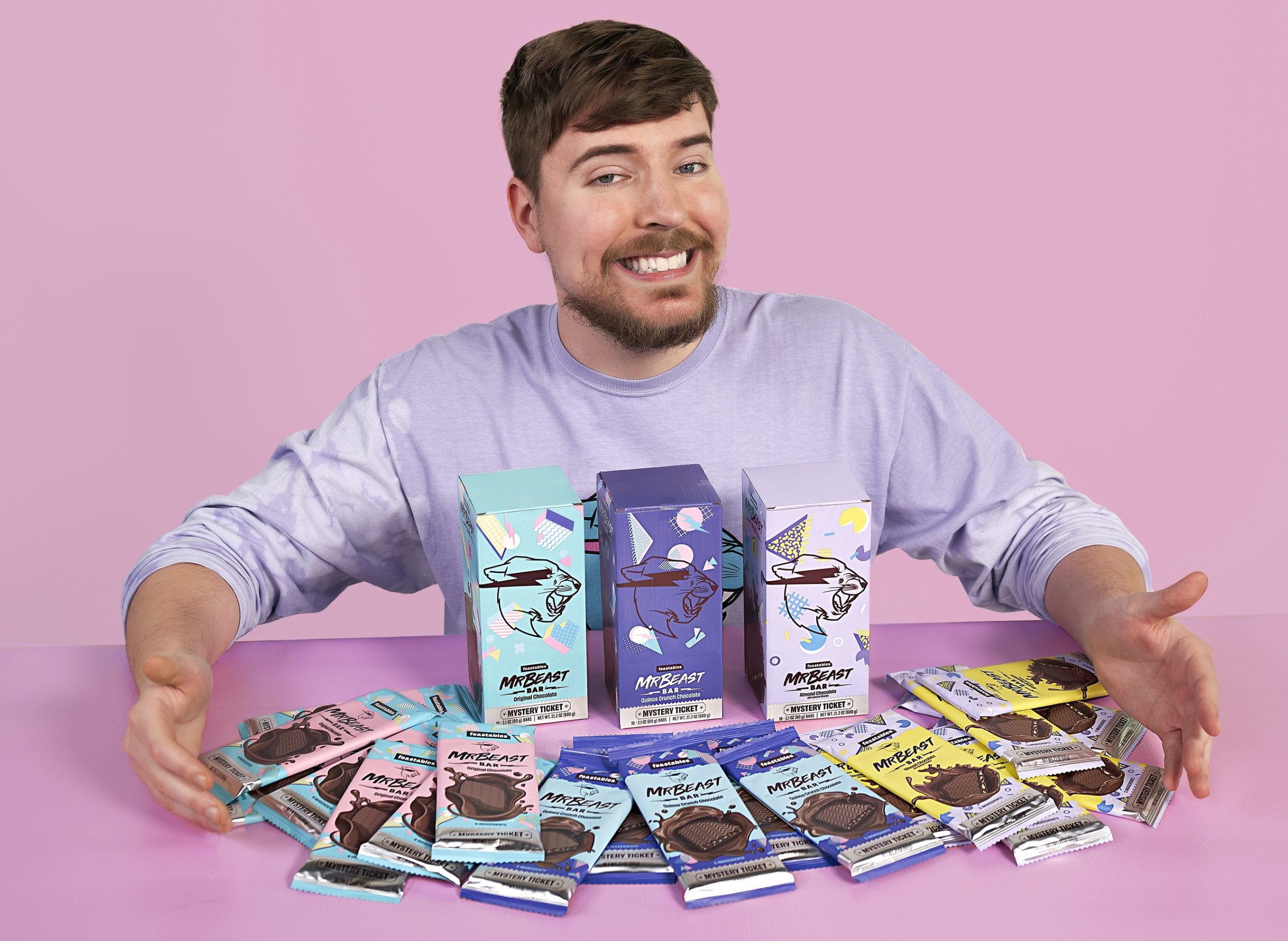Should Alcoholic Beverages Be Required To List Their Ingredients?
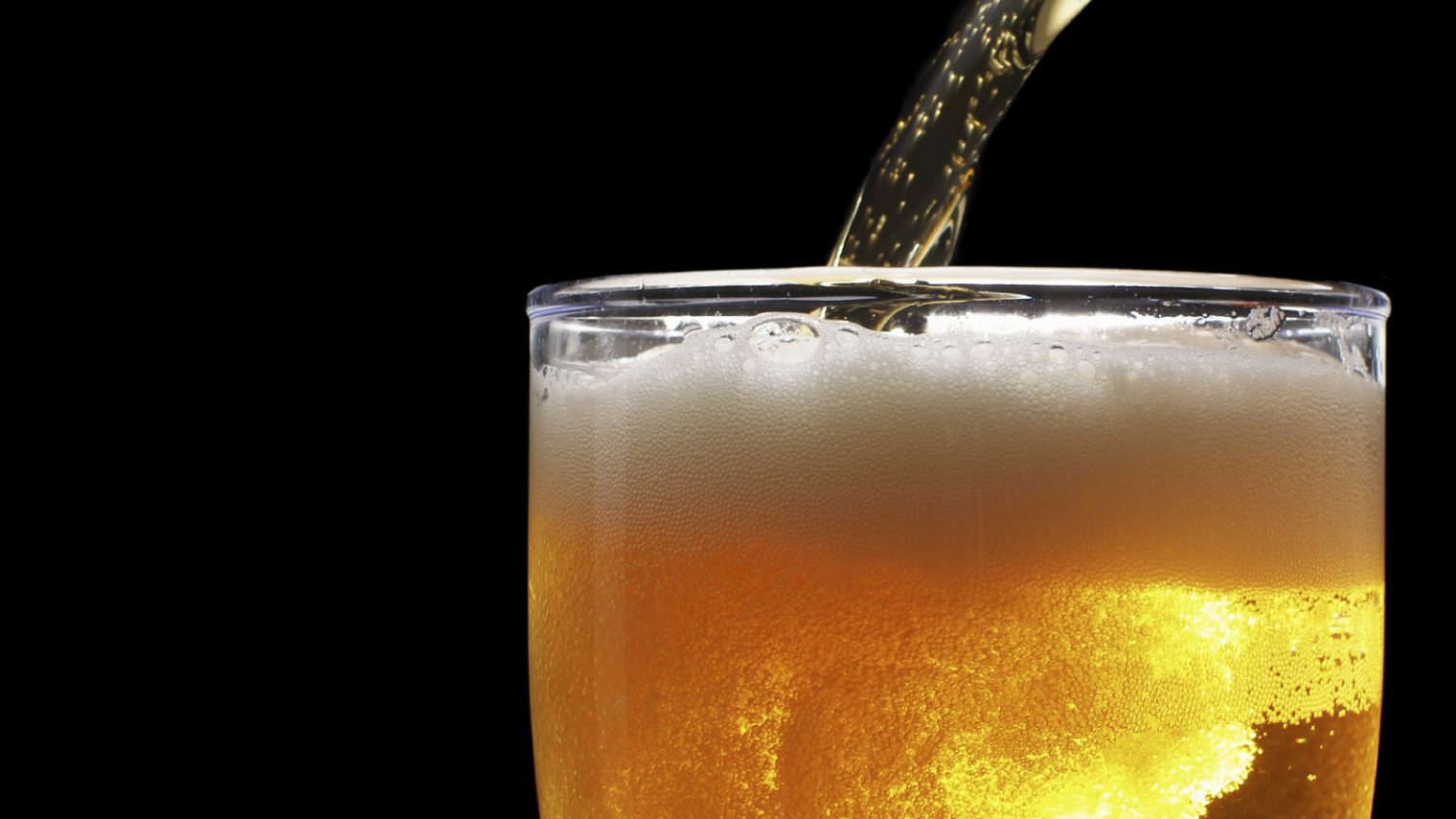
The light beer wars have officially escalated to new heights. After Bud Light’s round of Super Bowl commercials trashing Miller Lite and Coors Light for their usage of corn syrup, MillerCoors has struck back with a lawsuit accusing their rivals of false advertising and trademark dilution. They claim that corn syrup is no longer present in their beers after the fermentation progress, and wanted Bud Light’s campaigns to cease.
In theory, both sides are right. Corn syrup can be used as a sugar source for beer fermenting, and MillerCoors has said that they use it as such. However, by the time the beer is ready for tapping, all of that has been converted into alcohol, just like the rice that Bud Light uses for their brew.
The bigger question that this debate brings up, though, is one of transparency in the alcohol industry. Bud Light got this topic buzzing with their campaigns, which, on top of the corn syrup, added an ingredient label to their boxes to “show transparency.” Since it’s not currently required for alcohol brands to display their ingredients, this was groundbreaking for the industry.
As the conflict surrounding these light beers rages on, though, one has to wonder: should alcoholic beverages be required to list their ingredients?

For those wondering why ingredients don’t have to be labeled, it’s a matter of regulation and jurisdiction. While the FDA requires all food products in their space to list all of the ingredients, the Alcohol and Tobacco Tax and Trade Bureau, or TTB, does not. In the case of malted beverages, the only ingredients that have to be declared are saccharin and aspartame (two artificial sweeteners), sulfites (a potential allergen), and FD&C Yellow No. 5 (a food dye.)
All other components of beers, including the sugar source, any potential flavorings or colorings, and clarifying agents, don’t have to be declared. From a food science perspective, these could technically be classified as “processing aids” since the final product would just be flavors from hops, alcohol, water, and any colors that resulted from the brewing or fermenting process. Still, it is important to know what was used to brew a beer, especially a light beer. Since these tend to use rice or corn instead of barley as a fermenting source, consumers should be able to know which brands use what.
For vegans, transparency is also a concern because of something called isinglass. This beer clarifying agent is derived from fish bladders and is used to filter the beer of any leftover suspended yeast. Some specific brands note that they don’t use isinglass, leading to a category of “vegan-friendly” brews.
In a way, Bud Light is opening the public’s eyes to these issues with their campaign, but they are also playing on fear-mongering stigma because of the negative image corn syrup has in the eyes of the general public. Nonetheless, the conversation they are bringing up about ingredients in beer is one that should be taken more seriously.
Should alcoholic beverages list ingredients on drink packages?
— foodbeast.com (@foodbeast) March 22, 2019
The Foodbeast audience definitely agrees with that sentiment, too. A current poll up on our Twitter account is showing that 90 percent of participants feel that alcohol should list their ingredients.



